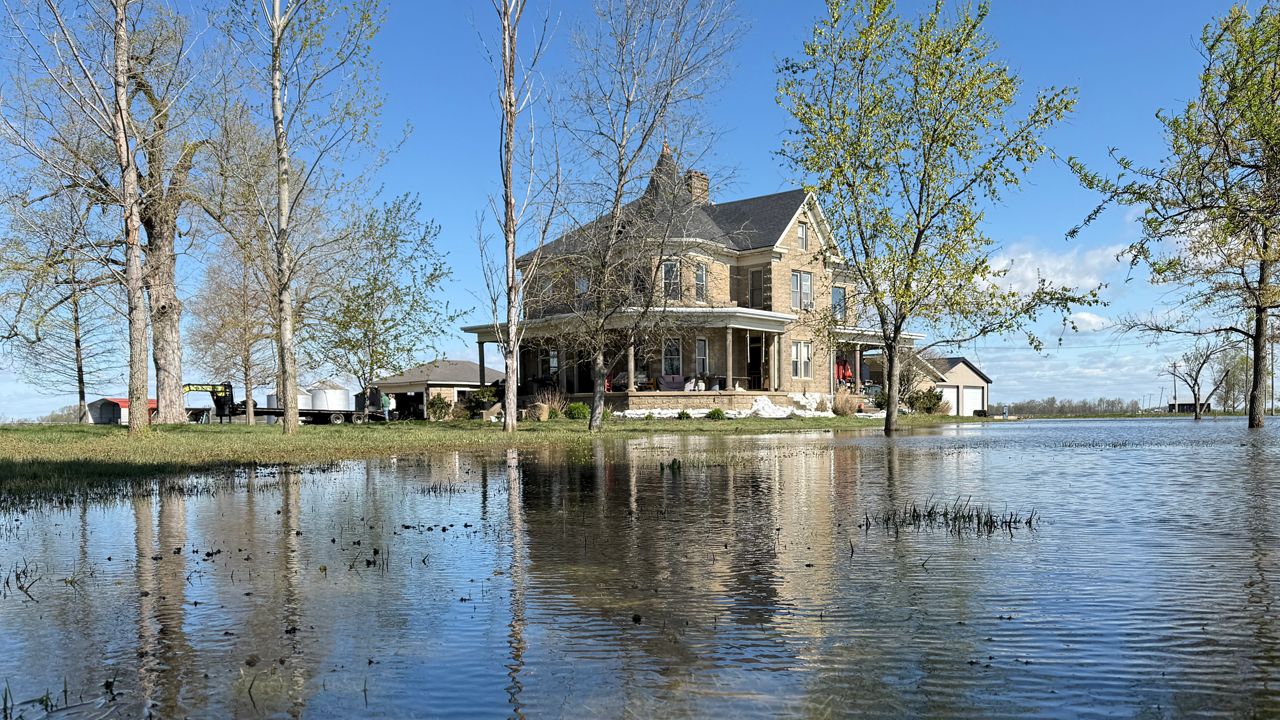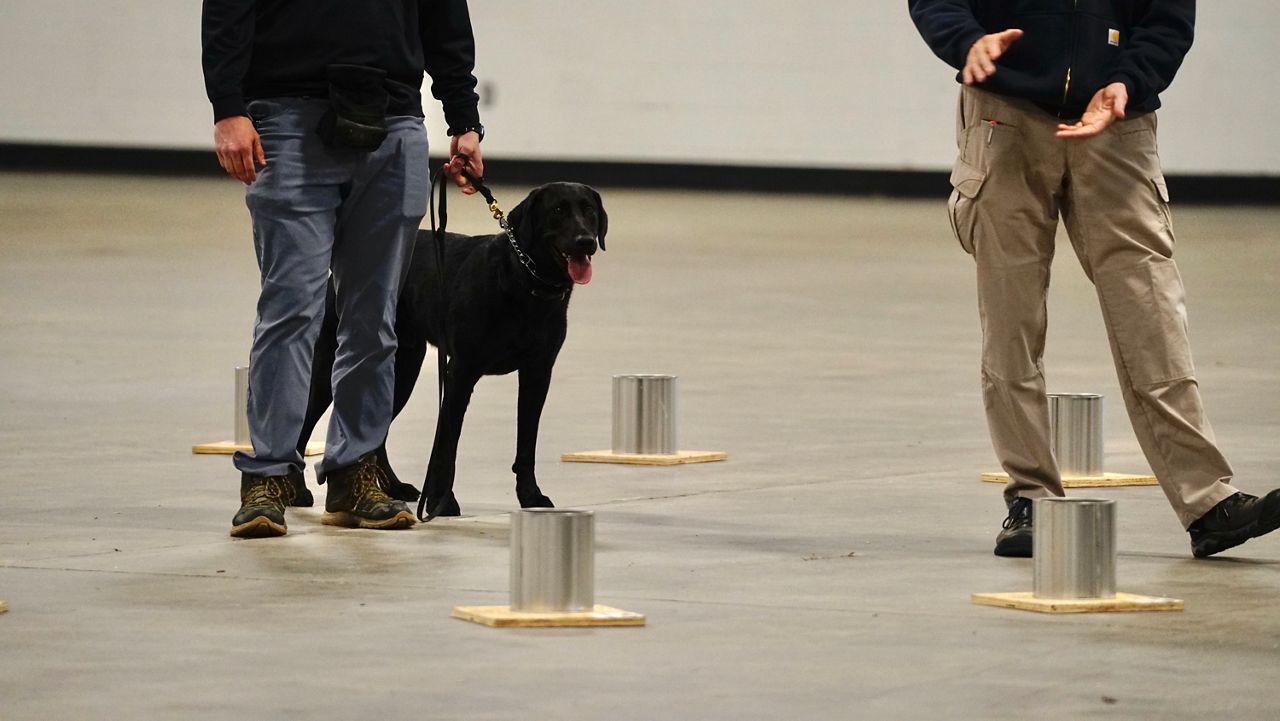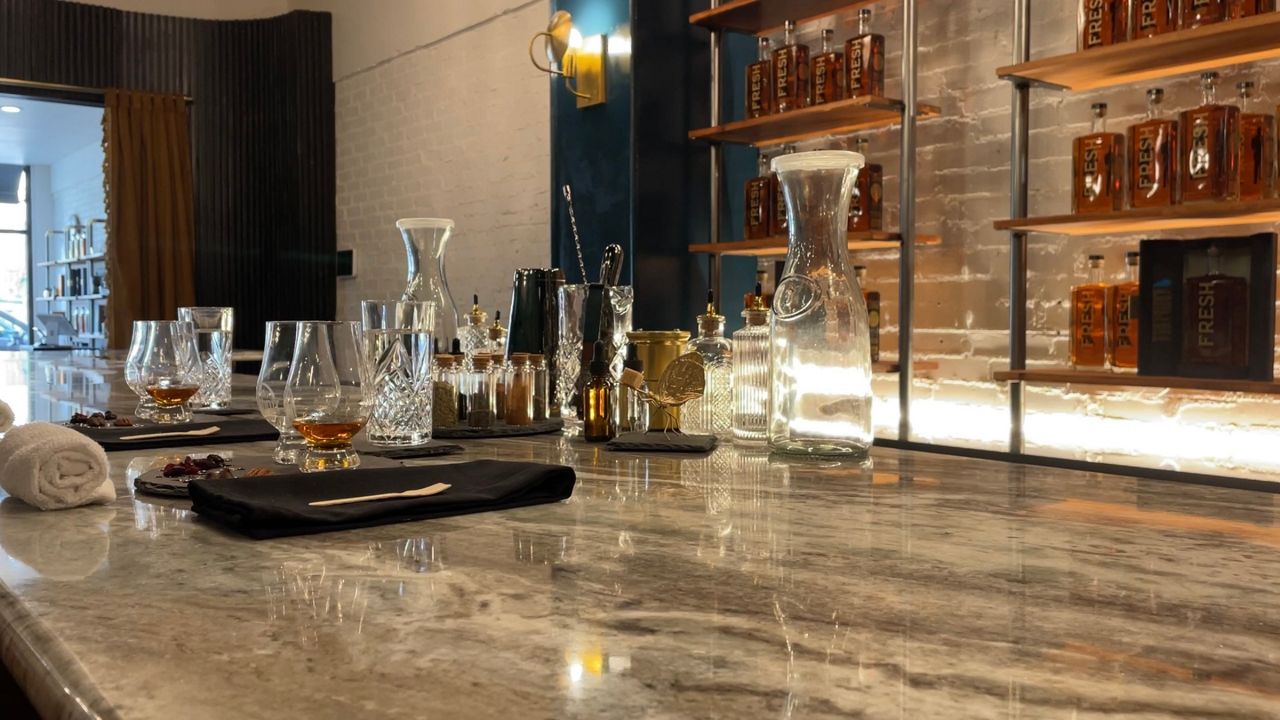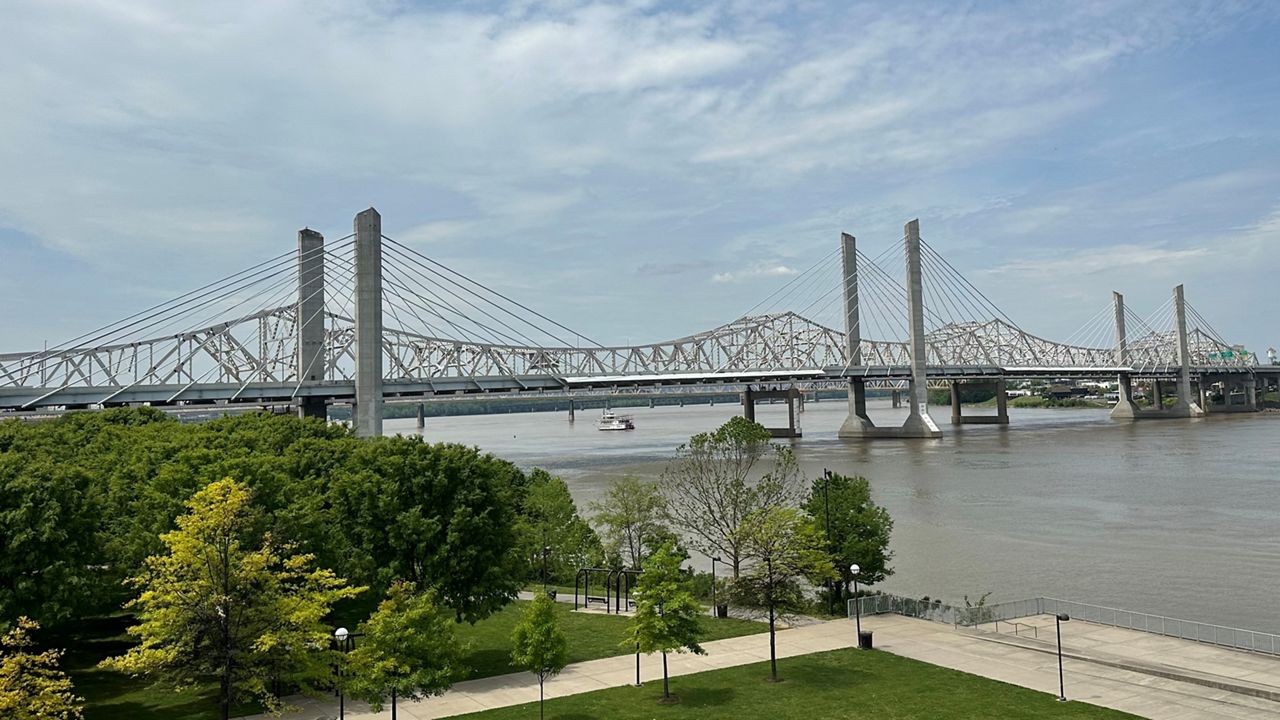FRANKFORT, Ky. — The Kentucky Bourbon Trail is expecting to see another record year of visitors, after surpassing 2.1 million visits in 2022, beating the pre-pandemic record of 1.7 million in 2019.
Kentucky’s bourbon industry is in the middle of its biggest boom in decades; the once bottom shelf product is now going for top dollar and is beloved by bourbon hunters all over the world. The rise in popularity has led to new ways to explore Kentucky’s bourbon trail, perhaps on a boat in the middle of the Kentucky River.
Most days, you can find Nathan Depenbrock navigating the Bourbon Belle downstream on the Kentucky River.
“We started off with the idea of just getting people out to teach them the true history of bourbon. This river is really why bourbon is what it is,” Depenbrock said.
It started six years ago on a smaller vessel. But as bourbon’s popularity has taken off, so has the appeal to find an alternative way to learn about Kentucky’s greatest export. So much so that Depenbrock and his wife Allison bought a larger boat which holds up to 40 people versus only 15.
“We’re seeing people that are making their second, their third and their fourth trips to the bourbon trail, so they’re looking for something more unique this time around,” Depenbrock said.“We’re seeing people that are making their second, their third and their fourth trips to the bourbon trail, so they’re looking for something more unique this time around,” Depenbrock said.
But bourbon wasn’t always the $9 billion industry for the state it is today.
“There’s a reason many of us when we started drinking, probably at an age too young, we were drinking bourbon because it was really the cheap stuff, it was on the bottom shelf, it was the easiest stuff to find,” Depenbrock said.
Bourbon has its roots in the 1700s and after prohibition, soared to popularity in the 50s and 60s. But in the 70s, the craze was all about vodka and tequila, closing many bourbon distilleries, including Buffalo Springs in Stamping Ground.
“Its heyday was really in the 1930s, that’s when a lot of the limestone structures were built and just a gorgeous showplace,” said Kayla Jones.
Buffalo Springs sat vacant for decades before being razed in 2007. Jones owns the last standing building of the distillery and converted the former gatehouse into an Airbnb.
“We’re able to share this with folks so they can actually come and see and experience staying in an old distillery building, which is pretty cool if you’re on the Bourbon Trail,” Jones said.
Bourbon’s popularity began rising again in 2010 and according to the Kentucky Distiller’s Association, bourbon production has increased by 495% since 1999.
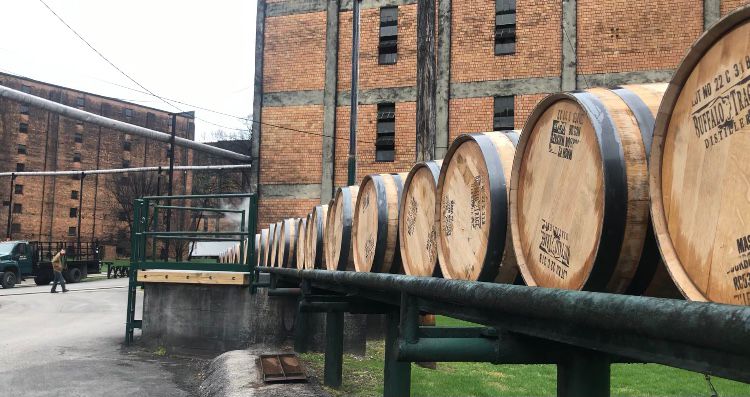
At Buffalo Trace Distillery, the boom is seeing them spend $1.3 billion since 2016 to keep up with demand.
“At the time when bourbon was first starting to take off, we had limited bottles because the output was small. Now you have a product that’s not easily available, people get interested in it and of course hunt it down,” said Will Prible, a tour guide at Buffalo Trace Distillery.
Prible, a tour guide for nearly 10 years says consumers were attracted to bourbon’s unique taste, authenticity and a globalized market bringing more tastebuds to the product.
“I’ve been fortunate to meet people from all 50 states and globally, Europeans, Africans, Australians,” Prible said.
Whether touring on land or by water, Depenbrock says every bourbon has a story and experience.
“When we get people out on the river, it’s really neat to be able to teach them the history of Kentucky that they may have been bored by 15 or 20 years ago, but now you can tie that into bourbon, it makes it to where people want to learn that history,” Depenbrock said.
The Bourbon Belle offers various tour experiences and runs April through October.
The Commonwealth produces approximately 95% of the world’s bourbon supply.







